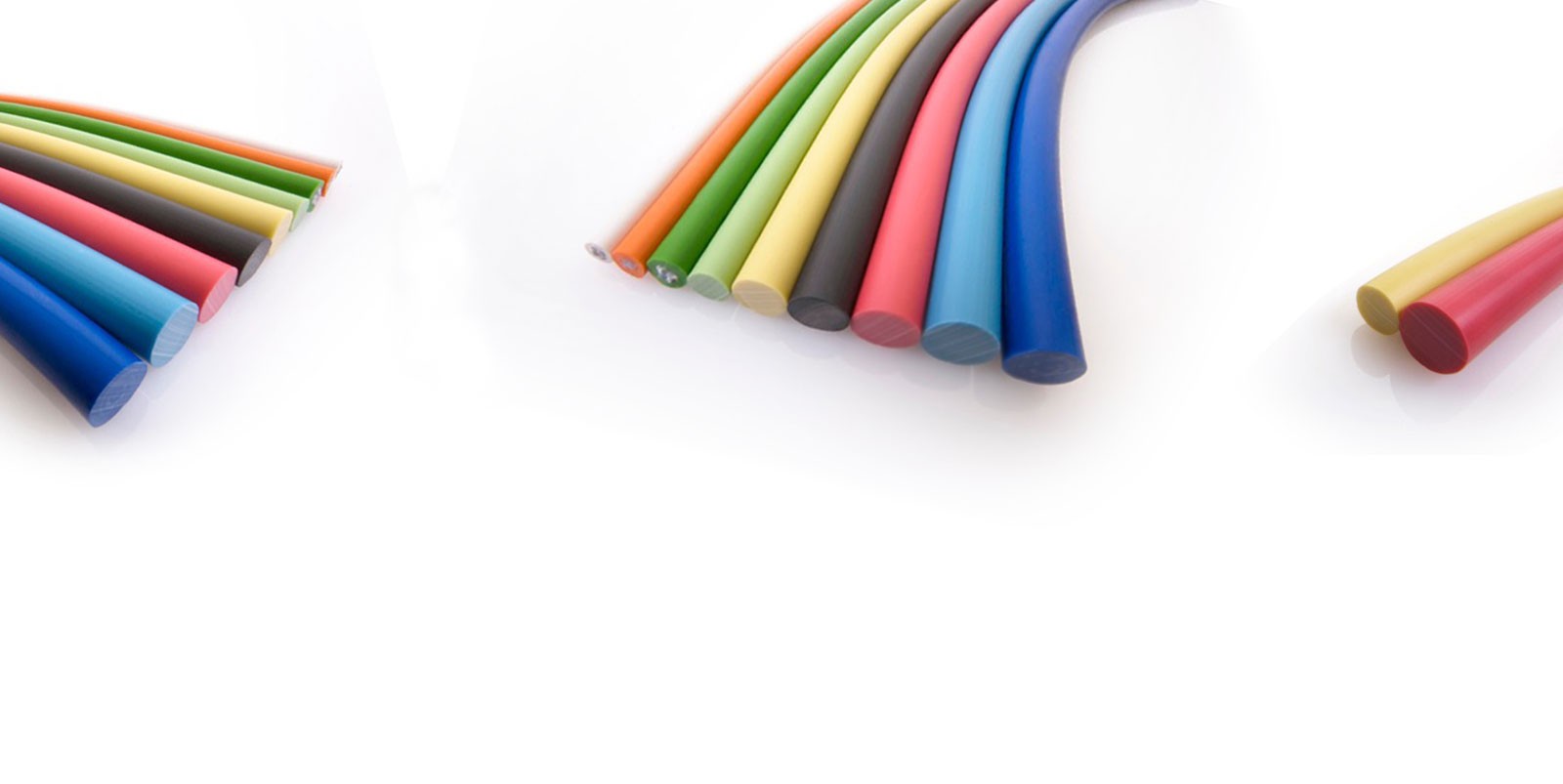Home » News about Abbey Extrusions » Keder Cord Buyers Guide
Keder Cord The Ultimate Buyer’s Guide - What You Need to Know
As a high-quality Keder Cord manufacturer for over 30 years, we have amassed extensive knowledge and experience with this PVC cord…
Related Products
- Awnings
- Tents
- Banners
- Boat Tops and Boat Covers
- Pool Covers
- Industrial Curtains
- Various industrial applications
What is Keder Cord?
Keder Cord consists of a flexible elastic material core surrounded by a fabric sheath and is designed to slide into a keder rail or keder track system…

Components of Keder Cord
Core Material
The core is made of PVC Keder Cord or rubber, providing the flexibility and strength needed for this product to work well…
Fabric Sheath
The core is covered with a heavy-duty polyester fabric sheath, typically made from materials like Vinyl Fabrics or PVC coated fabric…
Features and Benefits of Keder Cord
High-Quality and Durable
Keder Cord is highly durable and resistant to wear and tear, making it suitable for outdoor use in harsh weather conditions…
Weather Resistance
Designed to withstand elements such as rain, wind, and UV light, ensuring the longevity (lifespan) of the fabric it is attached to…
Improved Seals
Provides a tight, waterproof seal that effectively keeps out water and air, enhancing the overall performance of tents, sails, and similar structures…
Easy Installation
Slides easily into keder rails, keder tracks, or awning tracks, making installation quick and efficient without the need for special tools…
Applications
Can be used in a wide range of applications, from tent structures and awnings to boat tops and pool covers…
Flexibility
Despite its strength, Keder Cord is flexible enough to handle curves and corners, providing a snug fit in a variety of shapes…
Compatibility
Works well with different types of aluminum tracks, aluminium frames, and frame systems, commonly used in modular structures…
Cost Savings
While providing a high level of performance, Keder Cord is also a cost-effective solution compared to other sealing and attachment methods…
Low Maintenance
Requires minimal maintenance, saving time and effort in the long run…
Aesthetic Integration
It can be seamlessly integrated into fabrics and materials without disrupting the aesthetic look or functional aspects of the product design…
Customisable
Available in various sizes (size of keder) and colors to match different project requirements and design aesthetics…
Lightweight
Adds minimal weight to structures, an essential factor in portable and temporary installations…
Resistance to Chemicals
Resistant to many chemicals, making it suitable for use in industrial environments where spills and exposure might occur…
Provides Thermal Stability
Remains stable across a range of temperatures, which is crucial for outdoor applications…
Extended Lifespan
Enhances the lifespan of the structures it is used with due to its durability and resistance to environmental factors…
Types of Keder Cord
There are primarily two types of Keder Cord: Single Flap Keder (SFK) and Double Flap Keder (DFK).
Single Flap Keder (SFK)
Single Flap Keder features a single fabric flap, typically used in simpler structures where one side is anchored, such as in some banners and signs…
Double Flap Keder (DFK)
Double Flap Keder includes two fabric flaps for attachment on both sides, suitable for more complex installations…
Application Uses
Tents and Structures
As it is very good at securing fabric to frames in tents, marquees, and temporary structures…
Awnings and Canopies
Integral in the construction of awnings and awning fabric, providing a tight, weather-resistant seal…
Marine Applications
Used in boat tops, boat covers, and marine canvas, where waterproofing and durability are needed…
Signage and Banners
Ensures that banners hang smoothly and are easy to install while also being ideal for attaching fabric panels…
Industrial Uses
Used in industrial curtains, fabric structures, and other applications requiring a flexible, durable seal…
How to Select the Right Keder Cord for Your Needs
Consider the Application
First, determine whether you need Single Flap Keder or Double Flap Keder based on your structure…
Choose the Right Size
Select the size of keder to match the keder rail or keder track you are using…
Select the Appropriate Materials
For marine or high-moisture environments, consider a keder with an acrylic fabric sheath for mildew resistance…
Evaluate Installation Methods
Decide whether to use weldable or sewable keder based on your manufacturing capabilities…
Installation and Maintenance Tips
Cutting and Sealing
To install, cut the Keder Cord to size using a sharp knife or specialised cutting tool…
Installation
Slide the cord into keder rails, awning tracks, or keder tracks. Ensure compatibility of track and cord size…
Maintenance
Regularly inspect for signs of wear and clean with mild soap and water; avoid harsh chemicals…
Repair and Replacement
Small damages can often be repaired using sewing thread or patches, but for significant damage, it may be more cost-effective to replace the affected section…
Accessories and Related Products
- Shock Cord and Bungee Cord Lashing for securing structures.
- Stainless Steel and Aluminum Tracks for robust framing.
- Release Buckles, Strap Hooks, and Bungee Cord Hog Rings for additional fastening options.
- Window Plastic Cleaners and Personal Care products for maintenance.
- Sewing Thread and Backpack Fabrics for custom fabrication projects.
- Frame Systems and Aluminium Frames compatible with Keder Cord installations.
- Hot Air Welding and High-Frequency welding equipment for secure attachment.
- Keder Welt and Keder Profiles for specialized applications.
Frequently Asked Questions
How do I select the correct diameter for the Keder Cord?
The diameter should match the groove of the keder rail or keder track you are using…
How can I cut Keder Cord to size and seal the ends?
Keder Cord can be cut to the desired length using sharp tools, and after cutting, seal the ends with heat or adhesive…
Can Keder Cord be repaired if damaged?
Yes, minor damages can be repaired using sewing thread or patches…
How does environmental exposure affect Keder Cord?
Keder Cord is designed to withstand outdoor elements, but prolonged exposure to UV rays and salt water can affect its lifespan…
What is the difference between weldable and sewable Keder?
Weldable Keder is fused to the fabric using heat, creating a seamless, waterproof connection…
Why Choose Us?
We are committed to providing high-quality products and exceptional customer support…
Product Selection
Helping you choose the right Keder Cord, Keder Welt, or Keder Profile for your application…
Custom Solutions
Tailoring products to meet unique requirements, including custom part numbers and Keder Profiles…
Technical Support
Offering guidance on installation techniques like hot air welding and high-frequency welding…
Cost Savings
Providing competitive pricing and durable products that offer long-term cost savings…
Contact Us
Interested in finding out more? Please get in touch with our team and see how we can help you…
Bespoke
Can't find the right tube to meet your unique requirements?
We have decades of experience in creating custom tube solutions for a wide range of industries, ranging from the pharmaceutical industry to the aeronautics sector.
